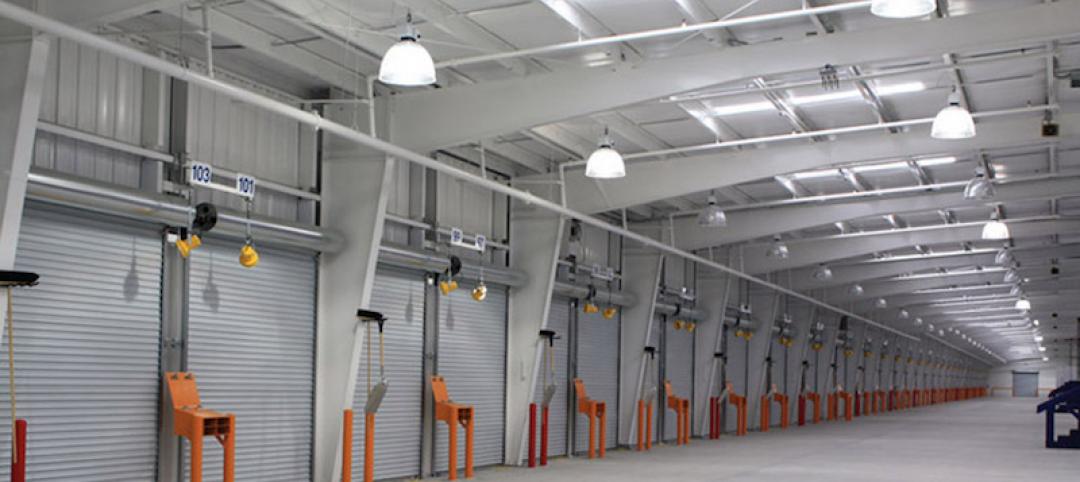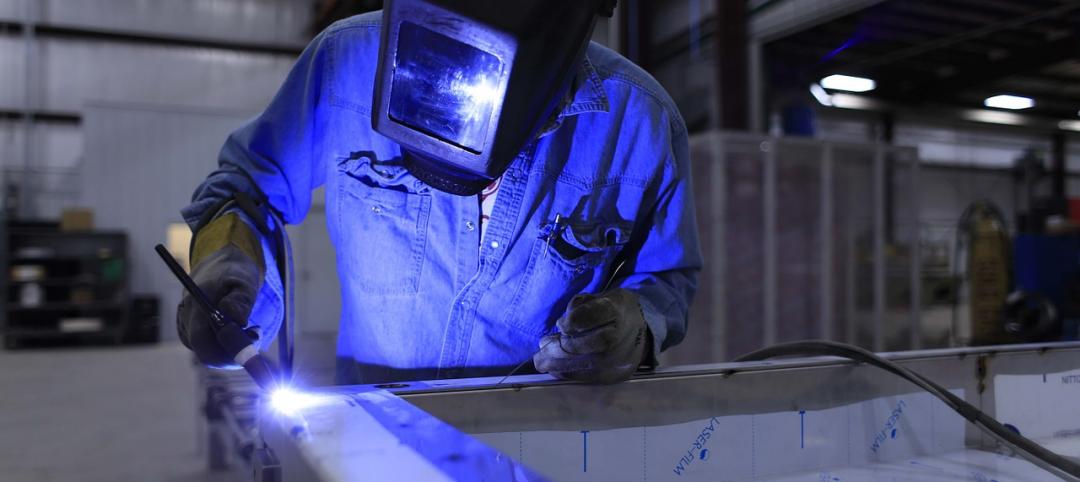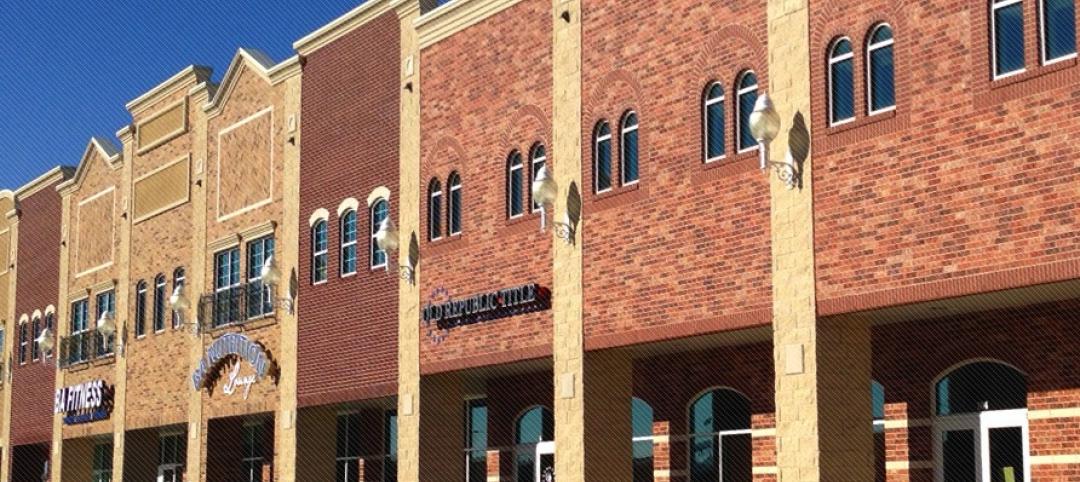Architects and design professionals have a valuable opportunity to learn about the design and performance of metal building systems. An excellent overview of metal building systems has been made available by the Metal Building Manufacturer's Association (MBMA) as a free download from their website. It was created by MBMA conjunction with AIA Continuing Education Service (CES), and is such a well-rounded look at the subject that it was originally eligible for 2 LU of AIA credit.
The course covers the design options now possible with metal building systems, and illustrates their range of architectural flexibility, which has grown quite broad. One of the interesting points brought up is that computerized design has made fundamental changes in metal building systems, to the point where the idea of a 'standard design' hardly exists anymore. Although the metal buildings of three decades ago were truly pre-engineered and had very limited options, virtually all of today's metal building systems are custom designed. The engineering for each project is specific and potentially unique, unleashing creativity in design.
Various roof shapes are possible, for example, including single-slope and double-slope, with centered or off-centered roof ridges. The structural frame can be designed to accommodate the architect's vision. Tapered frames used to be the norm, which made completely flat interior walls difficult or unnecessarily thick. Now, straight columns that disappear in the walls are also an option, as are large expanses of glazing.
In a contemporary metal building system, the size and shape can be just about whatever the project "wants." The course points out that size is practically limitless. Buildings of over 1 million sf have been built. Modern metal building systems have increased cladding options, too, including brick, precast concrete, stone, wood, glass, or metal. Put it all together and this means that a metal building system can be an architectural building without compromise, and still offer the unique benefits of rapid construction, single-source efficiency, and high performance.
The course also delves into the performance aspects of metal building systems, including thermal performance and acoustic control. It details the different types of wall and roof options, how they are insulated and finished.
In addition, there are several case studies illustrating the range of possibilities, and how the architects involved selected metal building systems and utilized their advantages. One particularly interesting project features a 5000 sf octagonal entry hall in the form of a tall atrium with massive sky lighting. One look at it virtually obliterates all common pre-conceptions about metal building systems.
While it is no longer being offered for AIA credit, it may be eligible for state license credit; check with your state licensing authority to determine eligibility. The course is one of an array of useful downloads available for free from MBMA at http://www.mbma.com/Brochures_Free.asp.
MBMA reports that they are developing a new course that will be available for AIA credit, but its launch is still some months away.
More from Author
Allen Hurtz | Jun 20, 2017
Plan ahead when building in the west
Getting a project through plan review can be an unusually long process, anywhere from six months to two years.
Allen Hurtz | May 22, 2017
Tapered columns can slim down costs
In many metal building applications, straight columns may have more steel than they need.
Allen Hurtz | Apr 11, 2016
MBMA works with Underwriter’s Laboratory to fire test metal buildings
The fire safety of metal building systems is crucial. The ability of a metal building to prevent or slow down the spread of fire protects the structure and saves occupants' lives.
Allen Hurtz | Jun 4, 2015
How big of a building do I need?
Here is some advice on how metal buildings can be a solution for space shortages
Allen Hurtz | Apr 3, 2015
The inherent sustainability of steel
The steel in a metal building system may contribute to points for Recycled Content under the USGBC’s Leadership in Energy and Environmental Design (LEED) system.
Allen Hurtz | Jul 21, 2014
16 utility questions to answer during your building project
We need electricity to power our building projects, along with water and gas and a faultless sanitation system. That’s what we think about when we think about utility requirements for our building project, but are we missing something? SPONSORED CONTENT
Allen Hurtz | Jan 23, 2014
Think you can recognize a metal building from the outside?
What looks like brick, stucco or wood on the outside could actually be a metal building. Metal is no longer easily detectable. It’s gotten sneakier visually. And a great example of that is the Madison Square retail center in Norman, Okla.














